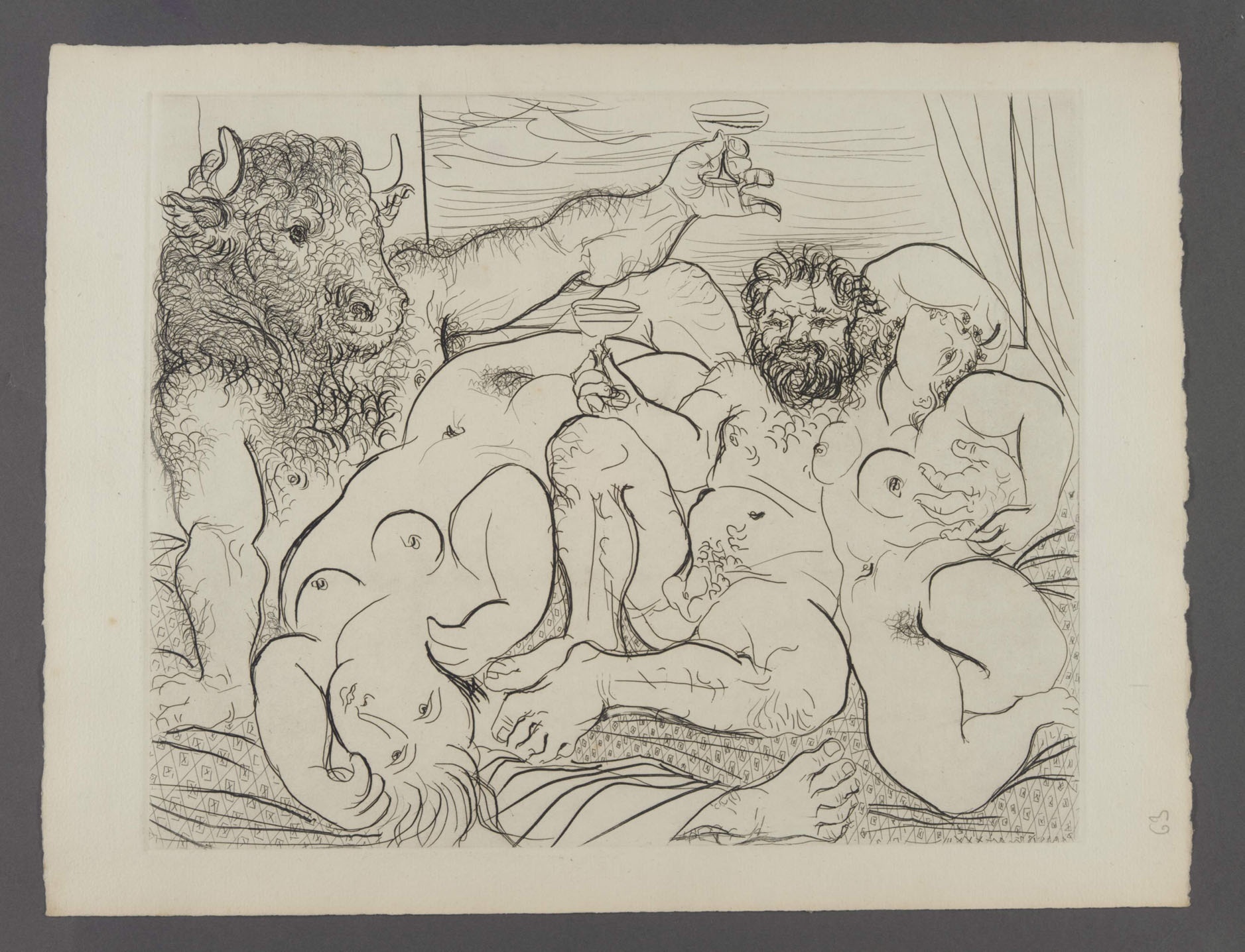Picasso Sunday walk in the times of #metoo
Picasso art, at the school where he was a wayward genius
Special Picasso The Genius
Sabine Prokhoris "#MeToo works like a political religion, any reservation is perceived as blasphemy
#MeToo France Against incest after the Duhamel political scientist scandal
Rachel Vogelstein "The footprint of #MeToo will be comparable to Rosa Parks' decision not to get up from her seat"
The wave of the #Metoo movement in France reached the figure of the Spanish painter Pablo Picasso, who feminist activists denounce as a "minotaur" and a "violent genius" who destroyed the lives of his partners.
That is the thesis of an award-winning podcast created last year by an art graduate,
Julie Beauzac,
which has already had
more than 250,000 downloads.
And it is also the version of the journalist
Sophie Chauveau
, who returns to the fray in that podcast with her vision expressed in a very critical 2017 book,
Picasso: the gaze of the minotaur
.
The book denounces
"the irresistible and devastating control of genius
over all those who loved him," Chauveau explained to AFP.
A "genius" and at the same time
a "violent" and "destructive" man.
lower libido
"Obviously #MeToo has splintered the artist, and this podcast proves it," the new director of the Picasso Museum in Paris, Cécile Debray, told AFP.
"The attack is more violent if you want because Picasso is the most famous and popular figure in modern art.
An idol that must be brought down
," he added.
"This issue must be approached with many nuances and prudence," he explained.
The Picasso Museum in Barcelona has already embarked on this path of
revising the figure of the painter from Malaga
.
The museum has just completed a workshop entitled
Lowering the Libido of the Minotaur: Confronting Picasso's Masculinity
, and is preparing an international symposium on the subject in May.
"This reflection on Picasso, and the feminist or feminine gaze on his work is an eminently current debate, which should not be avoided and should not be caricatured," explained its director, Emmanuel Guion, in a telephone interview with AFP.
At the same time, "it's important to apply to competent people," he explains.
Picasso had eight more or less long and stable relationships throughout his life.
Two of those women, Marie-Thérese Walter and Jacqueline Roque committed suicide, years after the painter's death.
Women
promoted Picasso's artistic transitions
, prompting him to seek new directions that in turn marked the history of contemporary art, according to experts.
Picasso conquered young women, but the accusations of abuse "are statements without historical references, approximate and anachronistic," adds Debray.
"Picasso gave practically no interviews and certainly none about his personal life," recalls Olivier Picasso, the artist's grandson, to AFP.
"It is through the works that we can trace his emotional itinerary (with),
more violent works, others more tender"
, he explains.
Thus, Picasso painted in 1907 a portrait of the collector and writer Gertrude Stein.
Stein, who inspired Picasso when he was a 19-year-old artist unknown in Paris, was a lesbian, and her portrait was a true artistic birth for Picasso.
One of the engravings that make up the "Vollard Suite" by Pablo Picasso. THE WORLD
sexual possession
The thesis of American professor Robert Lubar, from the University of New York, who has participated in courses at the Picasso Museum in Barcelona, is that Picasso was unable to paint a character too strong for him, the antithesis of women as an object of artistic contemplation, or sexual possession.
That fight of Picasso "reveals the anxious confrontation of the artist (...) with the question of sexual difference" explains Lubar in a 1995 essay, considered one of the
germs of the current historical revision of Picasso.
But other experts, such as the artist and biographer Gilles Plazy, that portrait was simply an internal struggle, exclusively artistic, of Picasso.
The painter was unable to paint Stein's face because he felt he had to change course.
It was after this painting that Picasso painted one of his most famous works,
Les Demoiselles d'Avignon
(1907), a portrait of
a group of prostitutes that blew up the art scene
and ushered in Cubism.
Conforms to The Trust Project criteria
Know more
Paris
France
Painting
art

